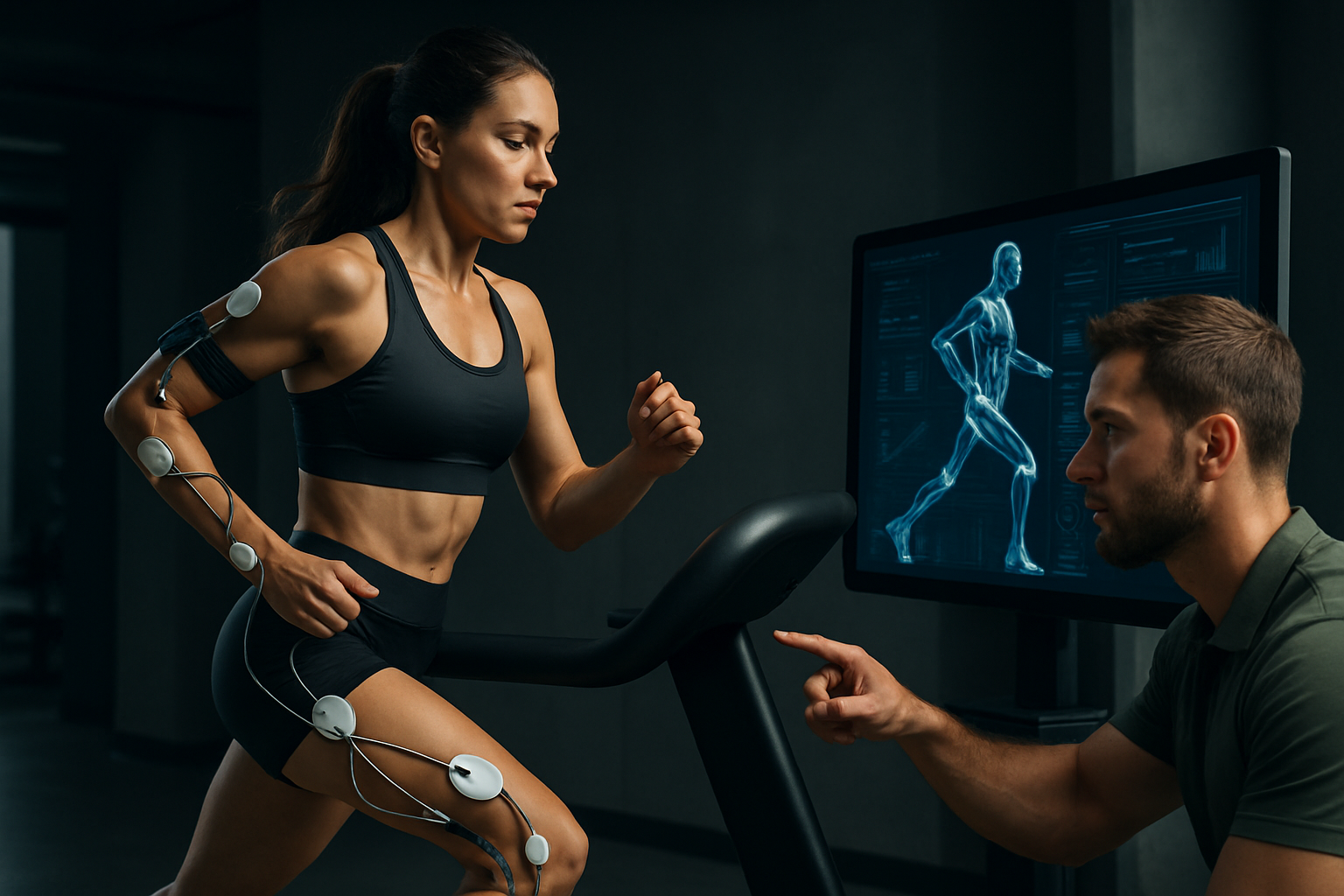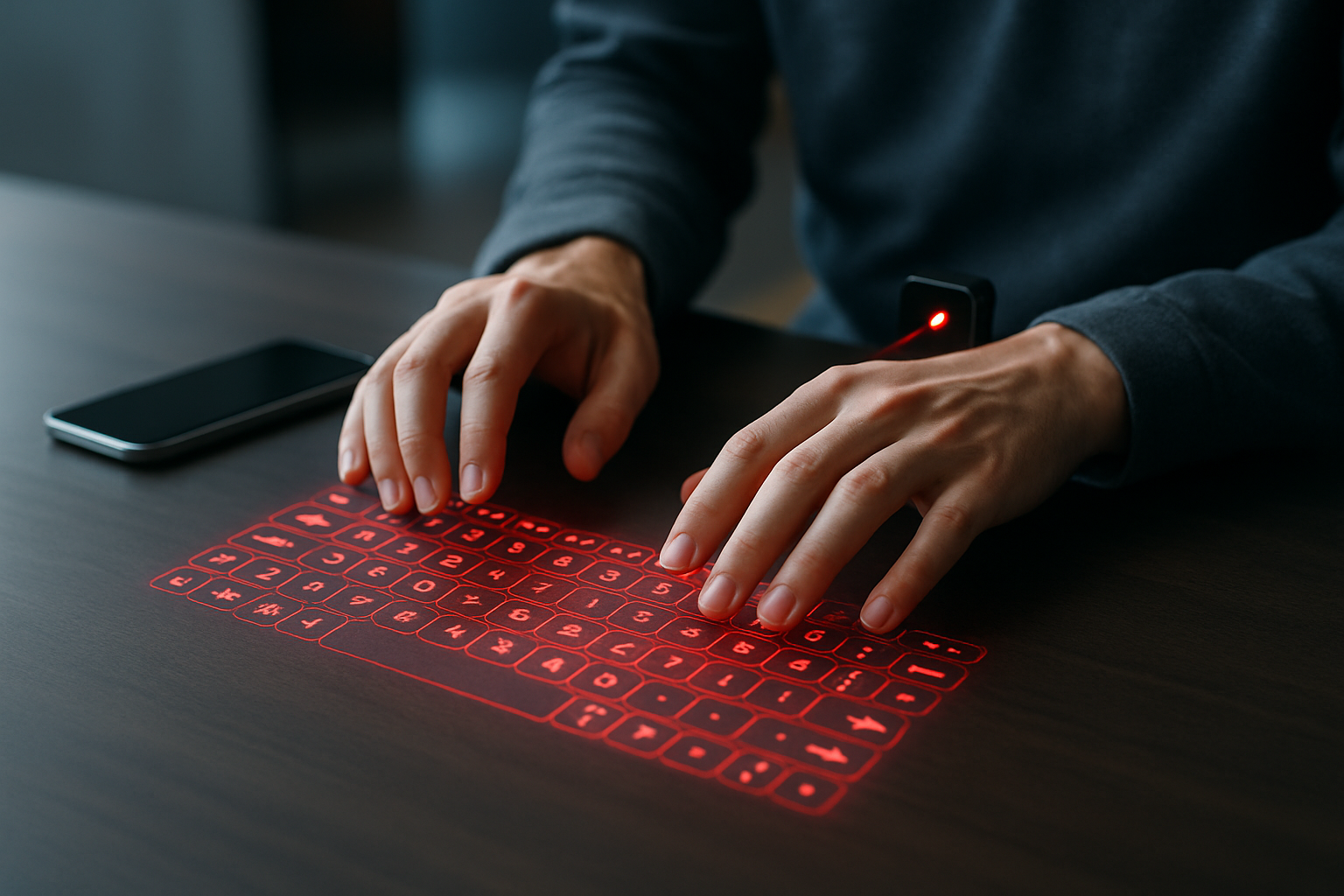Biomechanical Optimization: The Future of Personalized Fitness
How often have you pushed through a workout, only to feel sore in all the wrong places? What if there was a way to tailor your fitness routine to your unique body structure, maximizing results while minimizing injury risk? Welcome to the world of biomechanical optimization, a revolutionary approach that's reshaping how we think about exercise and movement.

The Science Behind Biomechanical Optimization
At its core, biomechanical optimization is about understanding how our bodies move and function on a mechanical level. It involves analyzing the intricate interplay between bones, muscles, and joints during various movements. This field draws from diverse disciplines, including biomechanics, kinesiology, and sports science.
Researchers use advanced motion capture technology, force plates, and 3D modeling to study movement patterns. These tools allow them to identify inefficiencies, imbalances, and potential injury risks unique to each individual. By understanding these nuances, experts can design exercise programs that enhance performance while reducing the likelihood of injury.
Personalized Exercise Prescriptions
One of the most exciting aspects of biomechanical optimization is its ability to create truly personalized exercise prescriptions. Unlike generic workout plans, these programs take into account an individual’s unique biomechanics, strengths, and limitations.
For example, someone with a longer torso might benefit from different squat variations compared to someone with shorter limbs. A person with limited ankle mobility might need to modify certain exercises to achieve optimal form. By accounting for these individual differences, biomechanical optimization ensures that each person performs exercises in a way that’s most effective and safe for their body.
Injury Prevention and Rehabilitation
Biomechanical optimization plays a crucial role in injury prevention and rehabilitation. By identifying movement patterns that put undue stress on joints or muscles, experts can proactively address potential issues before they lead to injury.
For athletes recovering from injuries, this approach offers a more precise and effective rehabilitation process. Instead of following generic recovery protocols, patients receive tailored programs that address their specific biomechanical imbalances and weaknesses. This not only speeds up recovery but also helps prevent future injuries by correcting underlying movement issues.
Technology-Driven Assessments
The rise of wearable technology and AI-powered analysis tools has made biomechanical optimization more accessible than ever. Advanced sensors can now track movement patterns during everyday activities, providing a wealth of data for analysis.
Smartphone apps equipped with AI algorithms can analyze video footage of exercises, offering real-time feedback on form and technique. This democratization of biomechanical analysis means that even casual fitness enthusiasts can benefit from personalized insights previously available only to elite athletes.
Challenges and Future Directions
While biomechanical optimization holds immense promise, it’s not without challenges. Interpreting complex biomechanical data and translating it into actionable fitness advice requires significant expertise. There’s also the risk of over-relying on technology and neglecting the importance of intuition and body awareness in fitness.
Looking ahead, researchers are exploring ways to integrate biomechanical optimization with other cutting-edge fields like genetics and nutrition. The goal is to create holistic wellness programs that address not just how we move, but how our bodies respond to different types of exercise and nutrition at a genetic level.
The Role of Artificial Intelligence
Artificial intelligence is set to play a pivotal role in the future of biomechanical optimization. Machine learning algorithms can analyze vast amounts of biomechanical data, identifying patterns and insights that might elude human observers.
These AI systems could potentially predict injury risks with unprecedented accuracy, suggesting preemptive exercises or modifications to training routines. As AI technology continues to advance, we may see the development of virtual fitness coaches capable of providing real-time biomechanical feedback and personalized exercise recommendations.
Biomechanical Brilliance: Tips and Facts
• Did you know that changing your running stride length by just 10% can significantly alter the stress on your joints?
• Tip: When strength training, focus on mastering form with lighter weights before increasing load to prevent biomechanical compensations.
• Fact: The average person takes about 10,000 steps per day, making proper walking biomechanics crucial for long-term joint health.
• Tip: Incorporate single-leg exercises into your routine to identify and address biomechanical imbalances between sides.
• Fascinating fact: Elite sprinters spend less than 0.1 seconds in contact with the ground during each stride!
As we look to the future of fitness, biomechanical optimization stands out as a game-changer. By tailoring exercise programs to our unique body structures and movement patterns, we can achieve better results, reduce injury risk, and enjoy a more sustainable approach to fitness. Whether you’re an elite athlete or a casual gym-goer, understanding and optimizing your biomechanics could be the key to unlocking your full physical potential. Embrace this personalized approach, and you might just discover a whole new level of performance and well-being.




